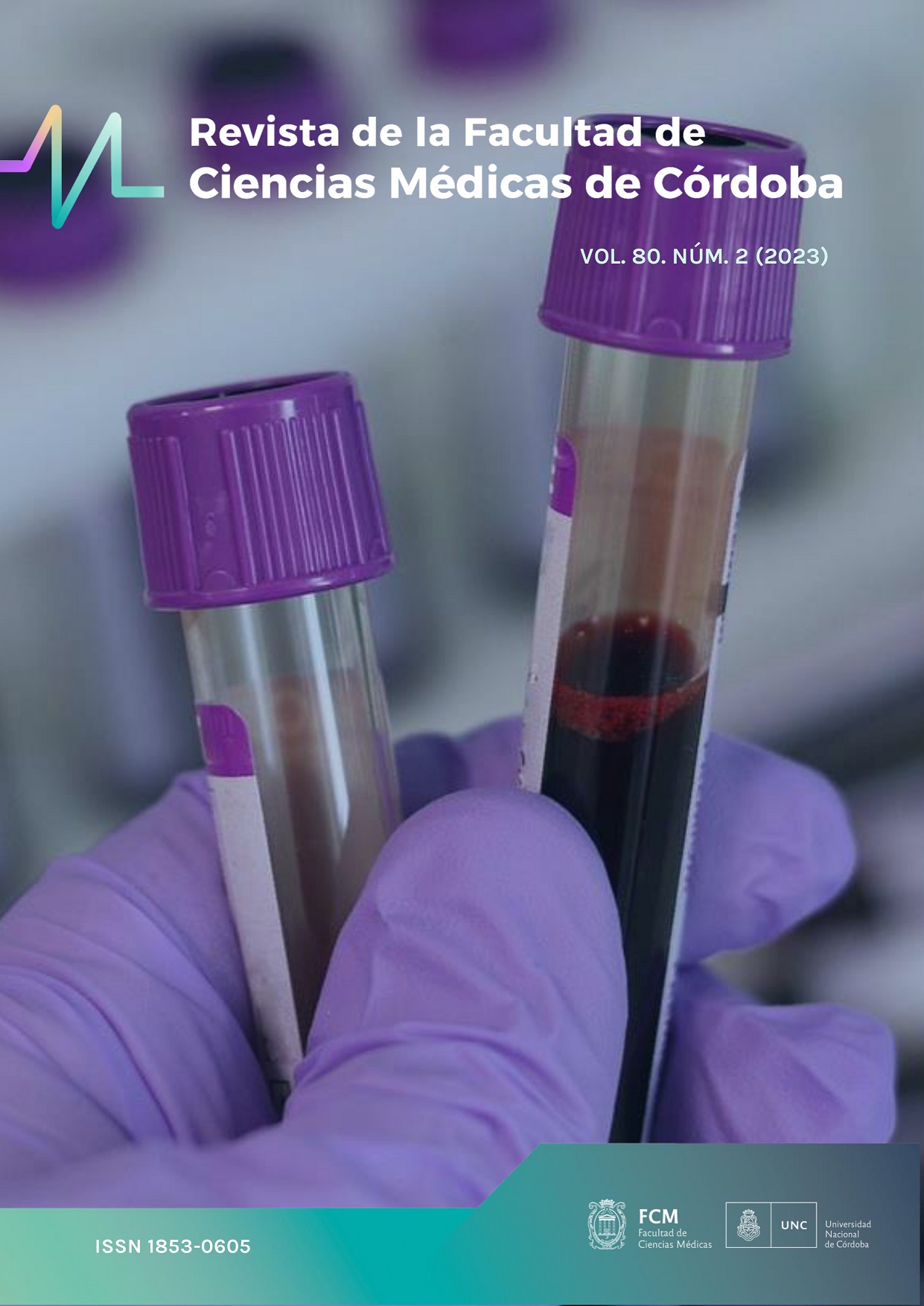Testosterone non-classic signalling pathway and extracellular vesicles in cell proliferation of benign prostatic hyperplasia
Keywords:
benign prostatic hyperplasia, sromal cells, testosterone, extracellular vesiclesAbstract
Testosterone (T) regulates normal prostate growth and could contribute to pathological growth in old age, inducing benign prostatic hyperplasia (BPH). Two signaling pathways of T were reported: the classic one, involving intracytoplasmic androgen receptors; and a non-classical one, with effects not completely elucidated, which involves membrane receptors. BPH results from an imbalance in prostatic intercellular communication, which could be regulated by extracellular vesicles (EVs), transporters of biomolecules. Therefore, we evaluated the effect of T, mediated by its two pathways, on human prostate stromal cells (HPSCs) and the role of EVs in cell proliferation.
Primary CEPH cultures were established from samples from patients with BPH (n=4); the tests were performed in triplicate and ANOVA with subsequent Tukey test was applied for statistical analysis. HPSC were stimulated for 24 h with T [10 -7 M, for the classical pathway] and with T-BSA [10 -7 M, for the non-classical pathway]. Using Ki-67 immunocytochemistry and resazurin absorbance test, it was observed that T-BSA increased cell proliferation and viability vs. control in HPSC, respectively (**p<0.01 and *p<0.05). EVs from HPSC exposed to T or T-BSA were isolated by differential ultracentrifugation (150K pellet).
Confirmation of EV identity by immunostaining of CD63 conjugated to colloidal gold and counting by transmission electron microscopy determined that T-BSA induced a greater release of EVs vs. T (**p<0.01), in the range of 15 ‑45nm, corresponding to exosomes. Finally, the participation of EVs in the proliferation induced in an autocrine and paracrine manner on HPSC and epithelial cells (PC3) respectively, was analyzed by Ki‑67, using HPSC EVs treated with T and T-BSA for 24h as a stimulus. HPSC EVs stimulated with T ‑BSA increased proliferation in CEPH and PC3 (***p<0.001 and **p<0.01, respectively).
In summary, testosterone, through the non-classical pathway and the release of EVs, promotes the proliferation of prostate cells, which could contribute to the development of BPH.
Downloads
References
.
Downloads
Published
Issue
Section
License
Copyright (c) 2024 Universidad Nacional de Córdoba

This work is licensed under a Creative Commons Attribution-NonCommercial 4.0 International License.
The generation of derivative works is allowed as long as it is not done for commercial purposes. The original work may not be used for commercial purposes.











